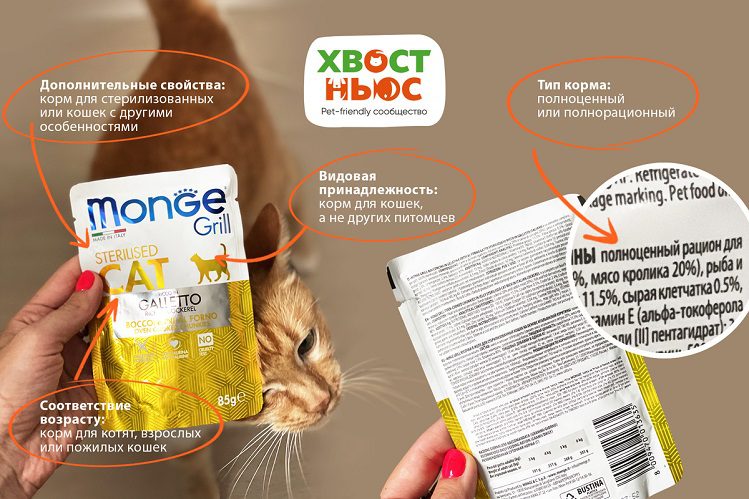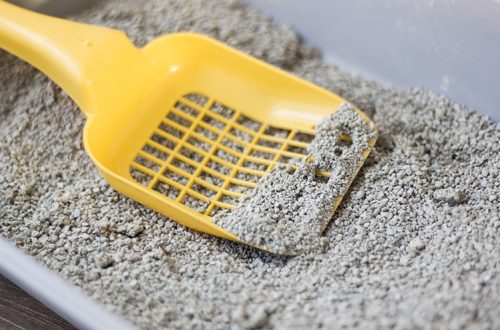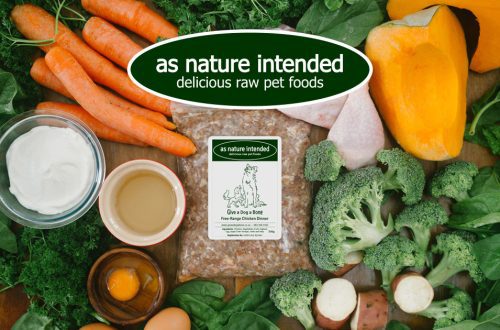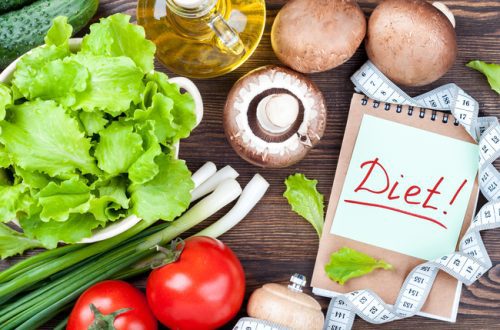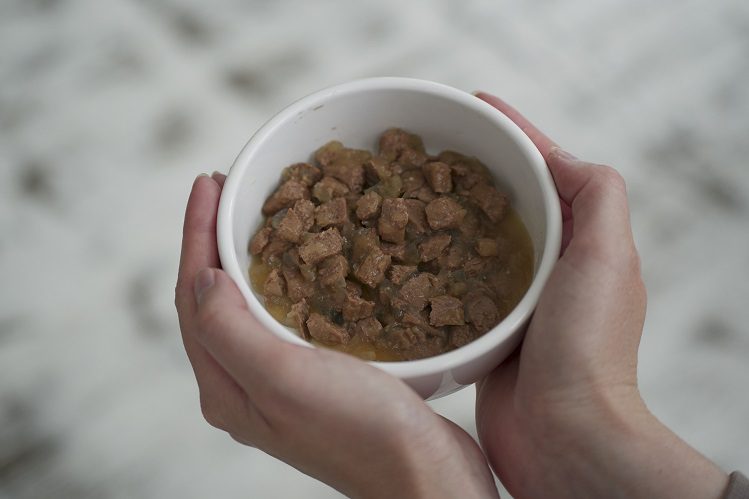
Wet Cat Food: 4 Label Facts You Should Check Before You Buy
Veterinary nutritionist Ekaterina Nigova tells how to read the label of wet food so as not to make a mistake.
Wet food is very popular: cats and kittens eat it with more appetite than dry food. Canned food most closely matches the natural eating habits of cats, maintains the water balance in the body, and prevents urolithiasis. But what wet food to choose for a cat or kitten? Not all of them are equally useful. I will tell you about four facts that I recommend paying attention to.
- Feed type
Start with the main thing when choosing a wet food – determine whether it is complete or not. Only complete and complete foods are suitable for pets as the main food. Almost all dry foods are complete, and this is indicated on the packaging. But labeling requirements for wet food are more relaxed. They are not always indicated whether it is full or not. In such cases, it is not clear whether it is possible to feed a pet only with them. If the type of food is not indicated on the label, I recommend not using it as the main food. Offer it to your pet as a treat or check with the manufacturer.

- Species affiliation of the pet
Next, look at which pets the wet food is intended for. As the main food for cats, canned dog food is not suitable – even the best. Cats need more essential nutrients: high protein, extra taurine, niacin, arachidonic acid. Dogs have other essential nutrients. That is, the same ready-made wet food can be poor in terms of nutrients for a cat, but great for a dog.
- Compliance with life stages
Check on the label at what age the manufacturers recommend giving your cat canned food. Kittens are not suitable food for adult cats, and vice versa. The nutritional requirement of a kitten is 3-4 times higher than that of an adult cat of the same size. As cats get older, they become less active and require fewer calories than kittens and adult cats.
- Additional properties
Another important marker on a wet food label is how appropriate it is for your cat. Depending on the state of health and age of the pet, there may be additional requirements for food. For example, spayed and overweight cats need a calorie-reduced formula. Diets may also be needed for pregnant, lactating cats and pets with a tendency to disease.
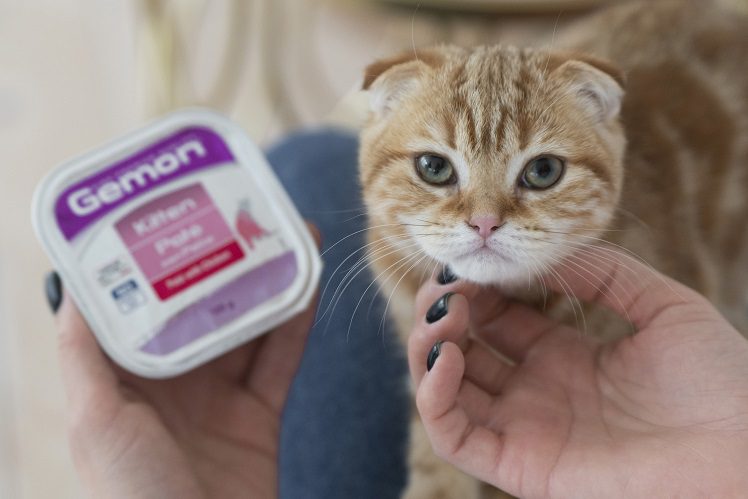
But that’s not all. Don’t forget to monitor your pet’s reaction. The same food may not be suitable for two cats of the same age and weight if they have different metabolic patterns. To understand how suitable the food is for the cat, evaluate whether it is full, whether the stool is normal, and whether there are any rashes on the skin.
Pay attention to the recommended daily portion of wet food. The pet should eat it and at the same time not gain excess weight. Let’s say a food manufacturer recommends 100 grams of canned food per day. The cat eats this volume and gains weight. This is a reason to choose a lower calorie diet. But before that, check if you calculated the daily rate correctly. It includes not only canned food, but everything you feed your cat: dry, wet food, treats. Keep this in mind when calculating portions.
Finally, let me remind you: it is better not to experiment with feeding. It is safer to discuss any questions and doubts with a veterinarian. Healthy nutrition for your pets!
To make sure you remember everything, we will show you how to read the label. For example, let’s take a photo where the cat Kokos of SharPei Online chief editor Daria Frolova pulls her paws to her favorite food. Pay attention to the facts that we have highlighted in orange:
